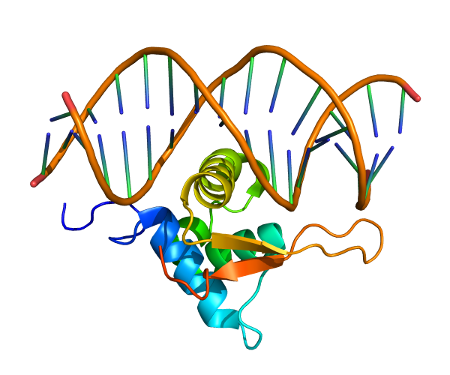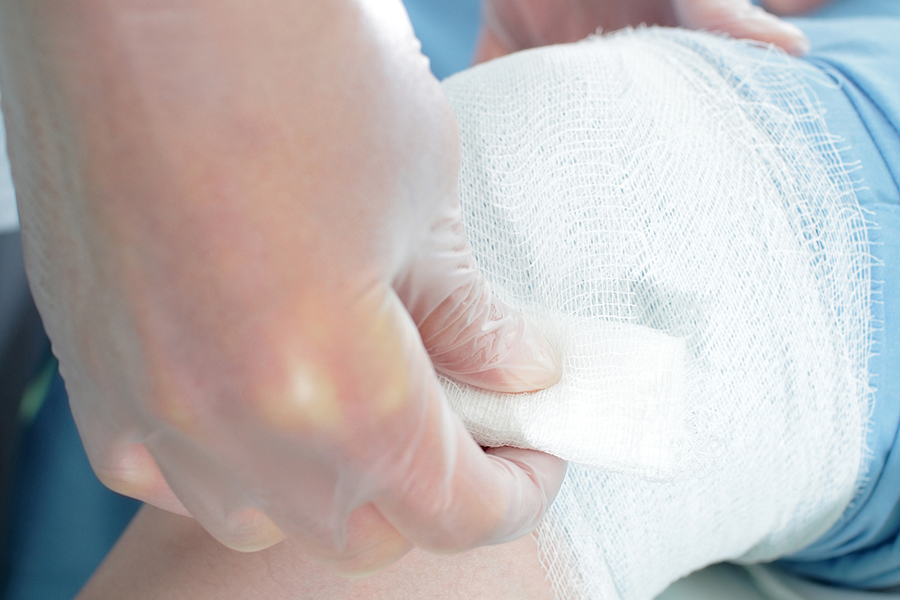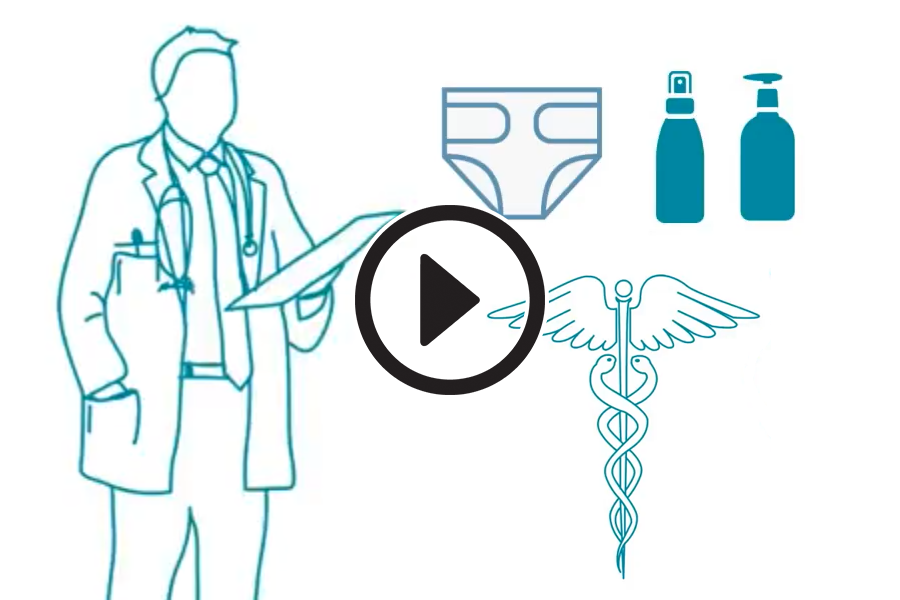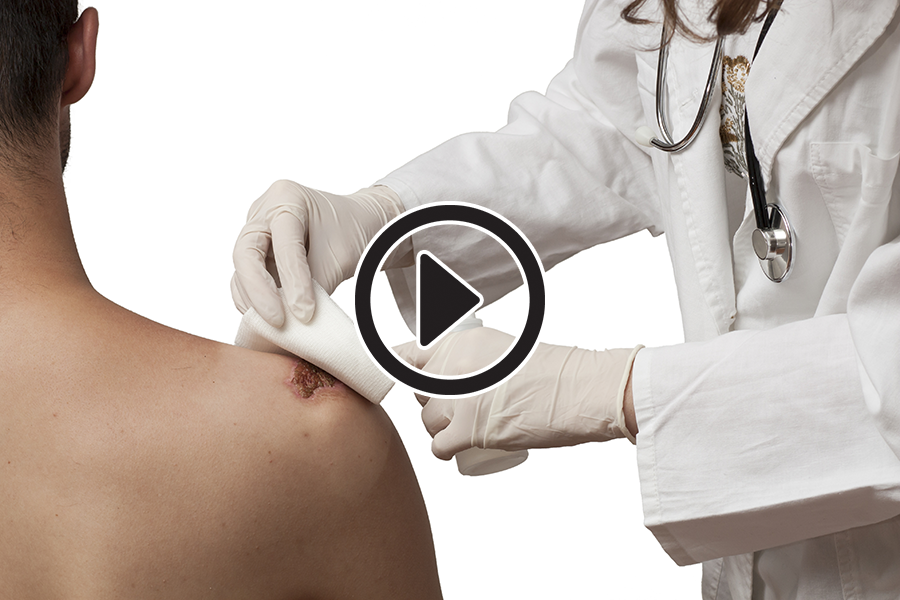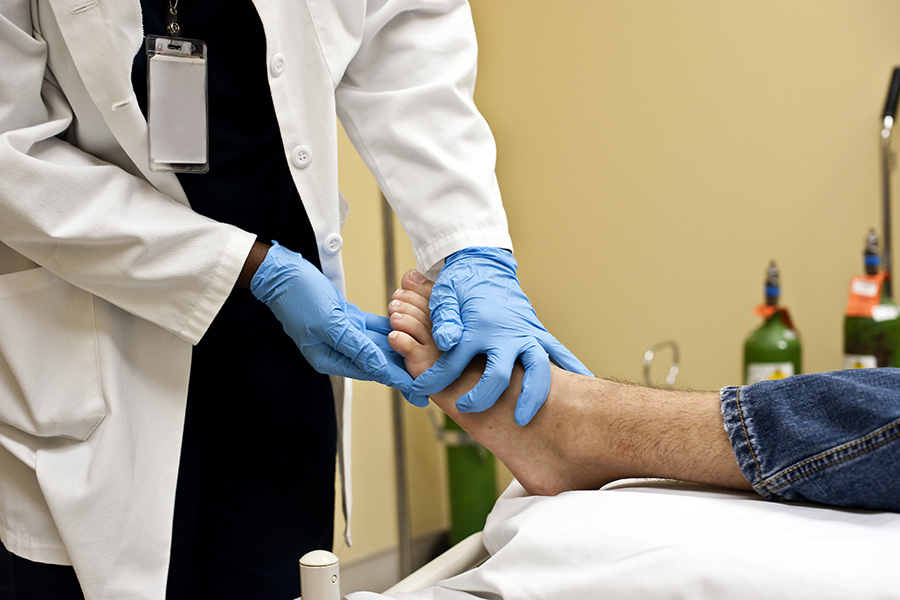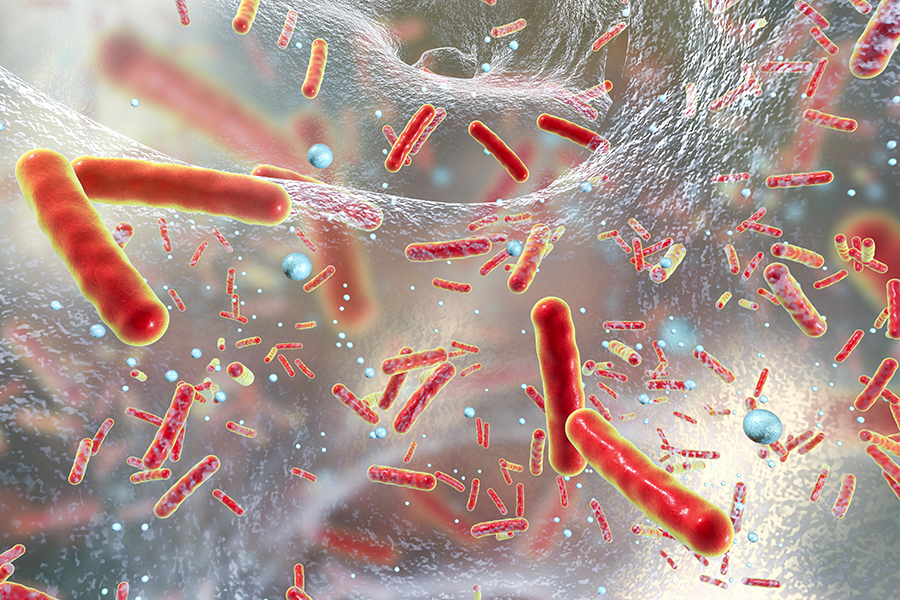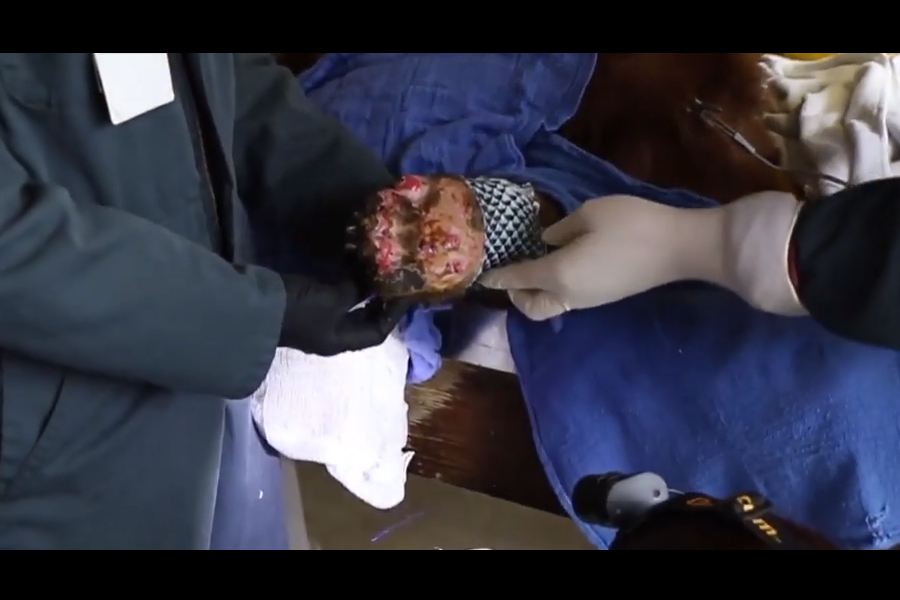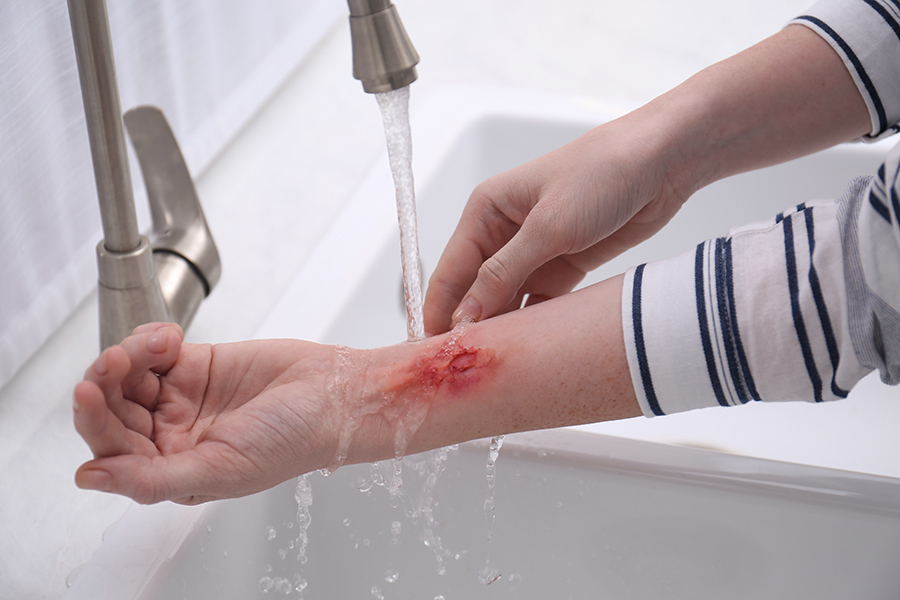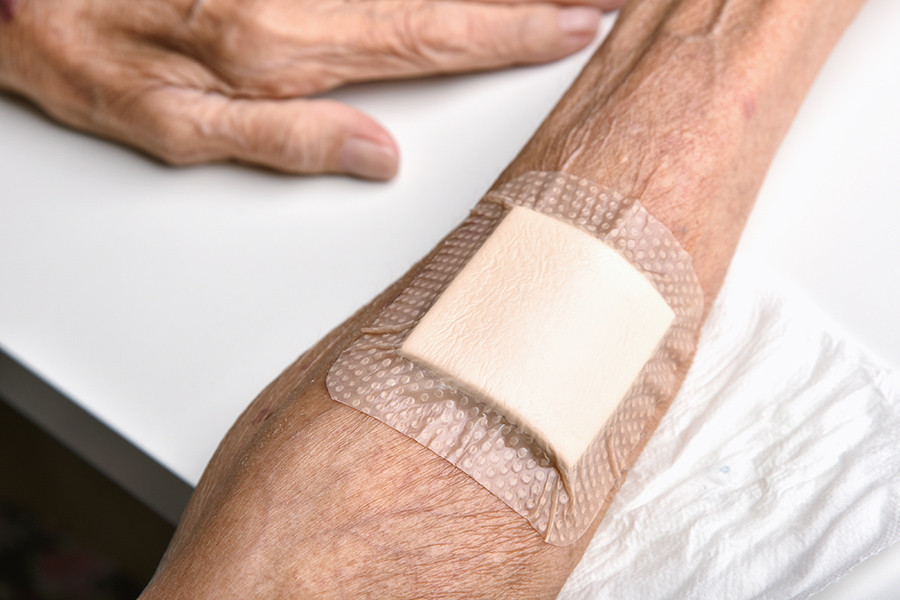By David McNamee for Medical News Today
A molecule has been identified by researchers at the University of Pennsylvania School of Dental Medicine that may explain why wound healing is impaired in people with diabetes. The scientists behind the discovery believe the molecule may also offer a new target for therapies that could improve healing.
About 15% of diabetics will have a non-healing wound at some point in their lifetime, and in some cases, these non-healing open ulcers can be so severe that they lead to amputations.
In 2013, a study found – contrary to previous research – that the Foxo1 molecule promotes healing by both protecting cells against oxidative stress and inducing a molecule called TGF-β1 that is critical for wound healing.
The Penn team wanted to investigate whether these mechanisms are also implicated in the reduced capacity for wound healing among people with diabetes.
To do this, the researchers first created small wounds on the tongues of mice with diabetes and a control group of non-diabetic mice. The wounds of the diabetic mice – as might be expected – healed more slowly than the control mice.
The team then repeated this experiment in mice bred to lack Foxo1 in a type of cell called keratinocytes, which “fill in” the holes left by injuries. The researchers were surprised to find that the absence of the Foxo1 protein and FOXO1 gene in the keratinocytes appeared to cause the diabetic mice to heal more quickly.
Next, the team experimented with cells in culture. The researchers found that cells grown in a “high-sugar media” were less able to move and proliferate, compared with cells grown in standard solution.
The same slowed proliferation of cells was observed by the researchers in diabetic mice; because the cells were slow to proliferate, they closed the wound over the keratinocyte filling less quickly than cells in the non-diabetic mice. And, like the diabetic mice, this impaired proliferation was reduced when the researchers silenced Foxo1 in the cells.





